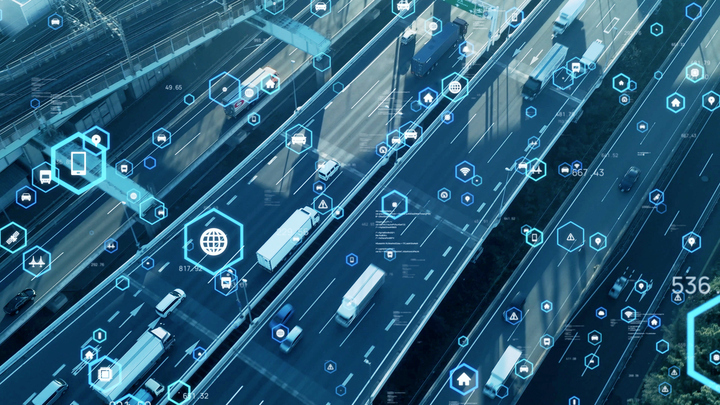IoT leader Samsara has released a new State Of Connected Operations (SOCO) report looking at the road ahead for leaders in the transportation and connected operations industries.
The report draws on the survey results of more than 1,500 physical operations leaders across nine countries and reveals that leaders of physical operations organizations are focusing their investment on supply chain improvements, employee skills and sustainability strategies on reinventing their operations in 2023.
It also reports that leaders with the highest level of digital maturity are six times more likely to exceed financial goals by 25 percent.
The research shows that 72 percent of leaders in the UK and Ireland are increasing their technology budgets this year and going all-in on generative artificial intelligence (AI), automation and digital workflows in 2023.
“There is no denying that monumental shifts are underway in operations. Leaders across the UK and Ireland are making investments aimed at strengthening their organizations and improving the customer experience for millions of people,” said Jeff Hausman, chief product officer at Samsara.
“Our research shows that those who have made digital transformation a key priority are better equipped to bring their organizations into the future, with many expecting positive change and return on investment as soon as the next 12-18 months.”
The report shares four priorities for leaders in the UK and Ireland for the road ahead. Firstly: responding to supply chain delays and shortages, volatile fuel prices and the risk of recession by reshoring their operations and using real-time data as a competitive advantage to drive critical decision-making. Seventy-two percent are increasing their technology budgets in the UK and Ireland, against 67 percent globally.
Leaders are also leaning into generative AI and automation to boost efficiency, with 83 percent in the UK and Ireland planning to use this technology to modernize their operations by 2024.
With the workforce skills gap growing and the prediction that in just two years, 1 in 6 employees will be working on jobs that do not exist today, the report confirms that workforce development is not a perk but a critical priority for decision-makers. More than half of the leaders surveyed have committed to teaching employees how to use technology as a top priority.
The report also reveals that investments in sustainability are leading to the invention of new operating models, with 58 percent of those surveyed planning a move to monetize EVs through pay-per-use or subscription charging stations and 59 percent planning on selling energy back to the grid by 2025. At this time, leaders predict 55 percent of their organizations’ fleet vehicles will be electric or hybrid.
Hausman added, “The bottom-line benefits of digitization are clear, but it’s the positive impact on lives and the environment that will be the most incredible to see. These leaders are shaping what we’ll remember as a transformative decade in physical operations.”





